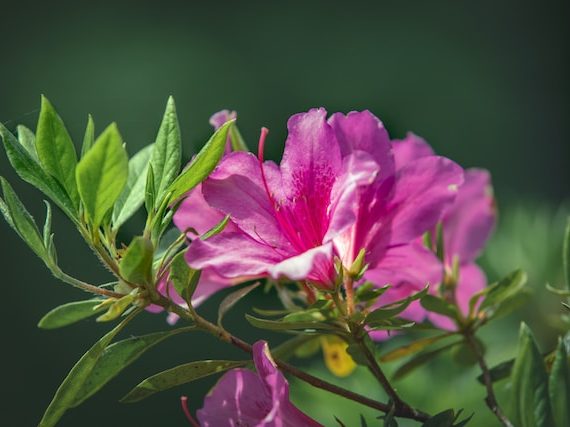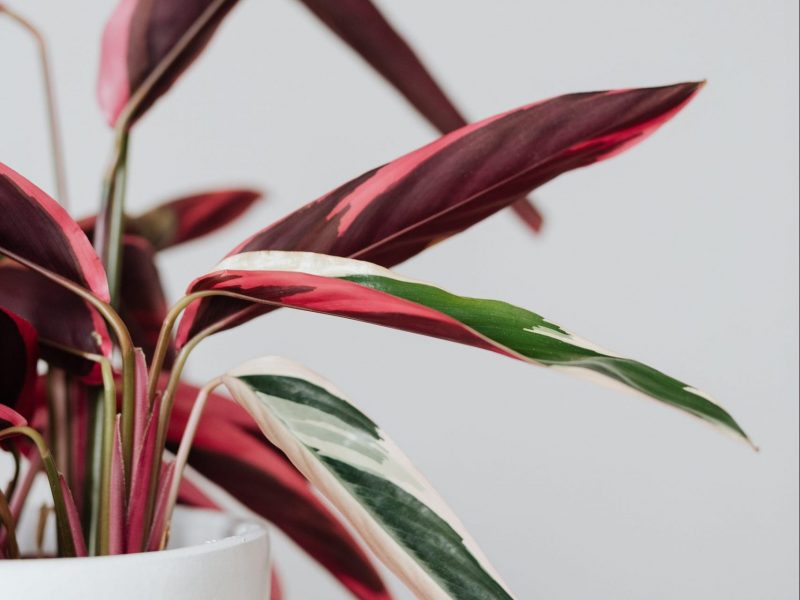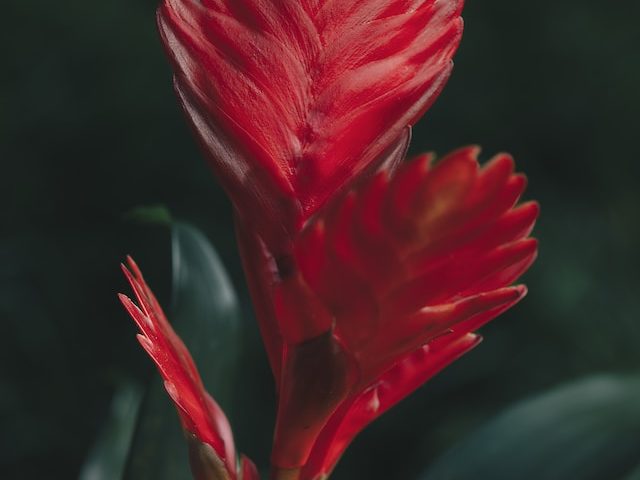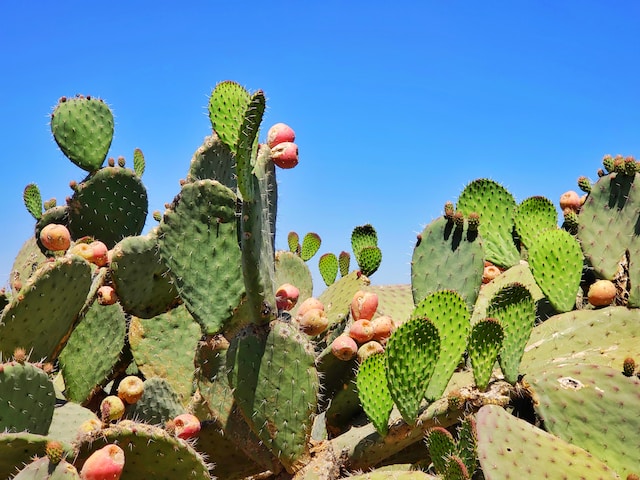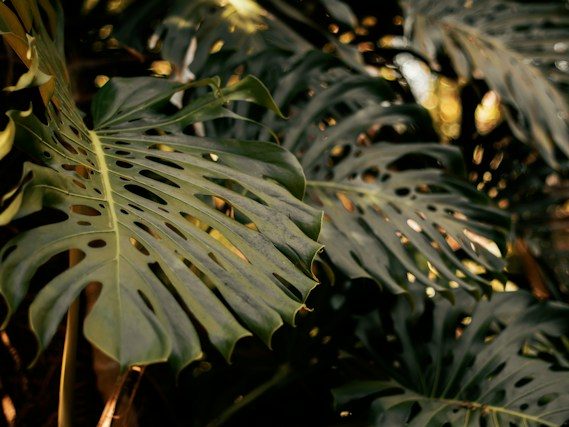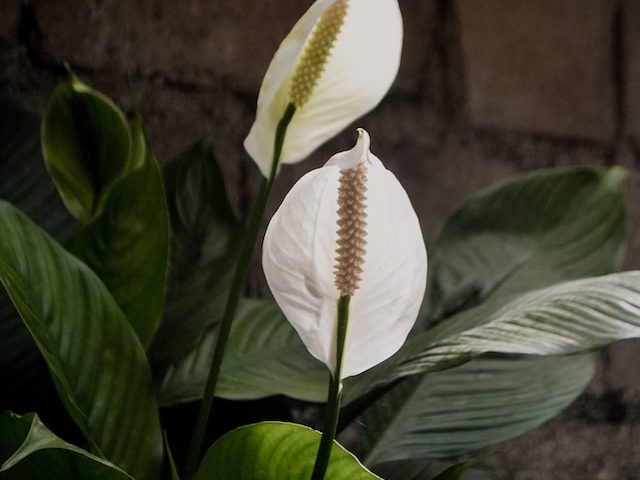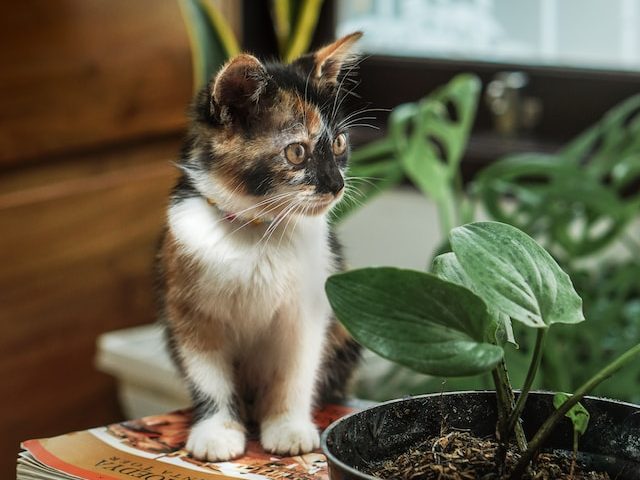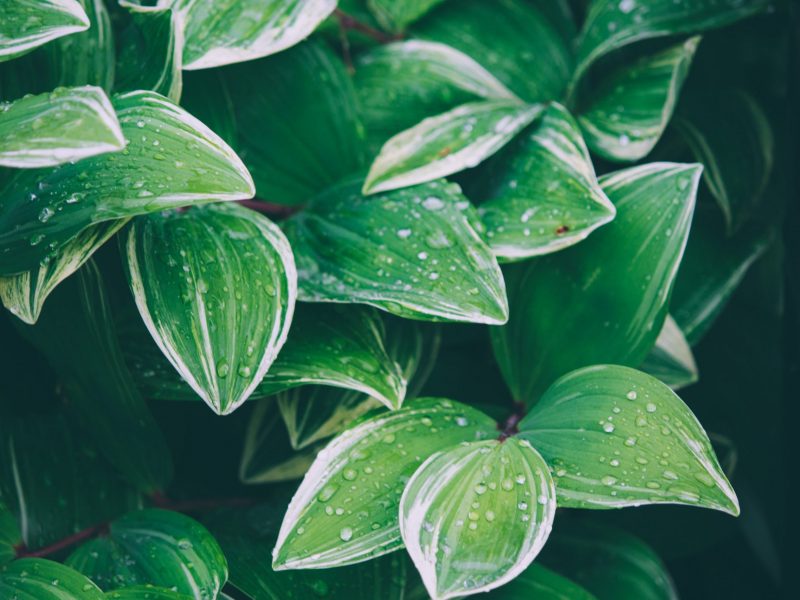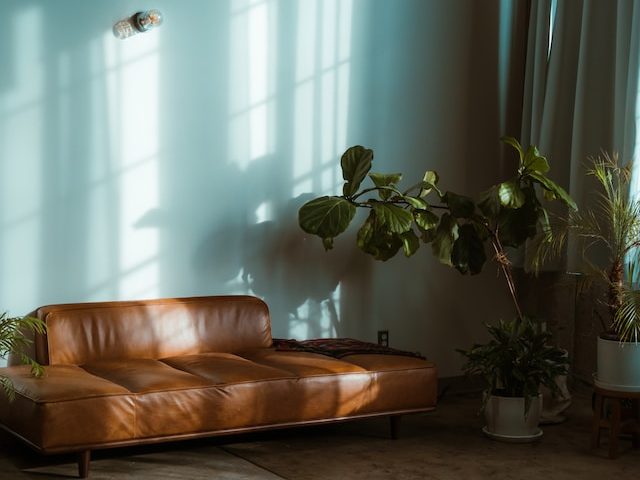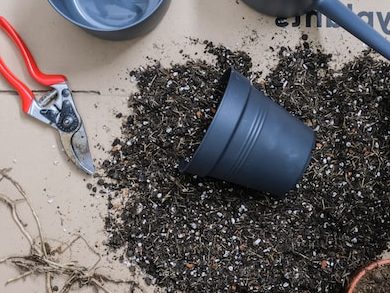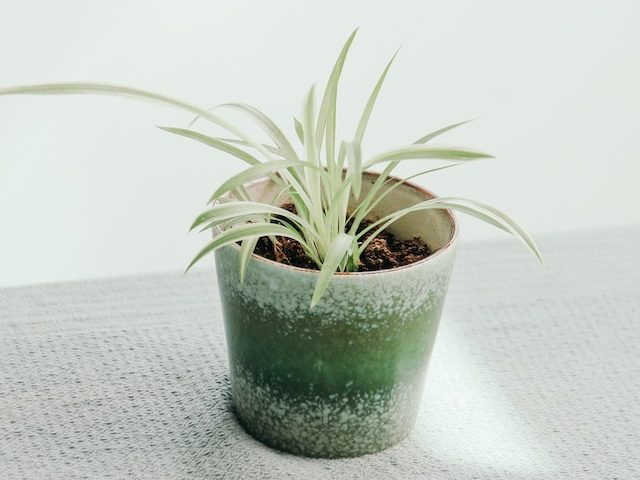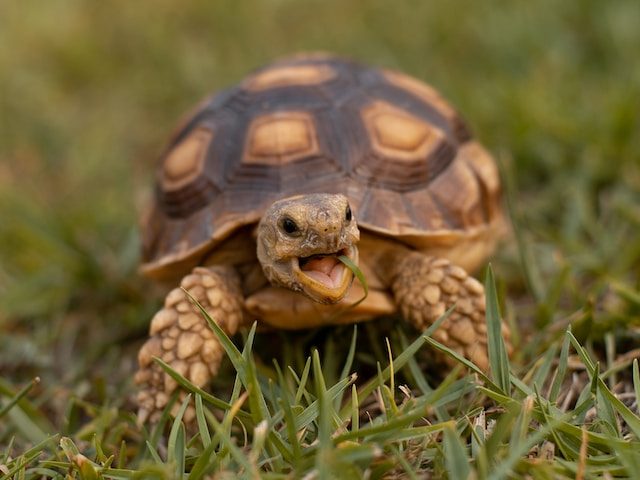Healthy Pinstripe Calathea Leaves
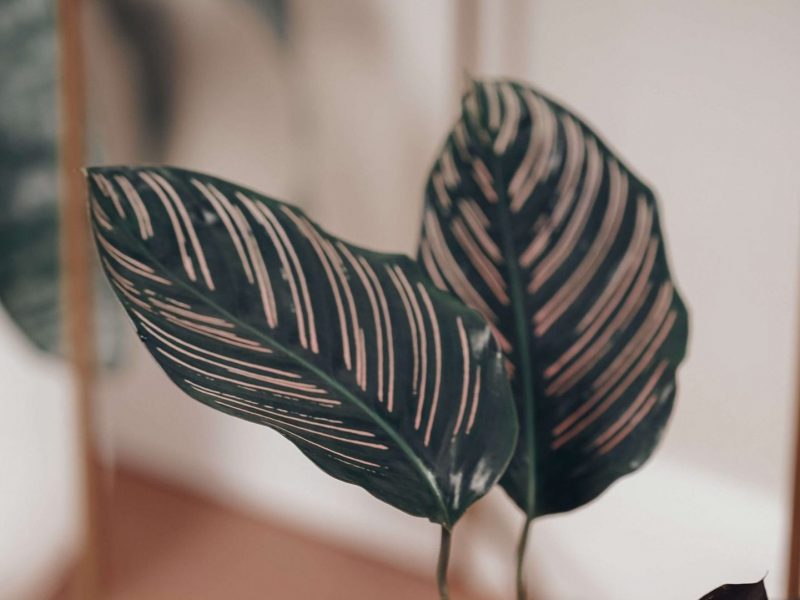
We are obsessed with the Pinstripe Calathea right now, their incredible pink-striped leaves make them stand out in any urban jungle.
We are obsessed with the Pinstripe Calathea right now, their incredible pink-striped leaves make them stand out in any urban jungle. But it can be devastating when you realise that your plant has developed brown leaves. As long as you’ve caught the problem early enough, there are several methods you can try to bring your plant back to full health.
What causes Brown Leaves on Pinstripe Calathea Plants
A common cause is consistent underwatering
Whilst your plant will forgive you for the occasional lack of water, if the problem persists, your Pinstripe Calathea will most likely develop brown patches. These will show up as light brown, crispy and very dry and occur throughout the leaf, rather than the just tip.
Before you start pouring a bucket of water over your Pinstripe Calathea to make up for lost time, it’s important that you’re 100% sure it’s the cause of the brown leaves.
The best way to do this is to take your plant out of its pot and feel how dry the potting mix is. If your Pinstripe Calathea is underwatered, the potting mix will be dry and crumbly and the roots may look crispy. Dry crispy roots would indicate that the issue has been going on for quite some time so you may need a little patience to fully revive it.
Alongside brown leaves, an underwatered Pinstripe Calathea will also look quite droopy and sad so this can be another way to help you diagnose the problem correctly.
Lack of humidity can also cause brown leaves
If your Pinstripe Calathea is turning brown from the tips or edges inwards, then it is most likely caused by a lack of humidity. Dry air means your Calathea will transpire a lot more, which is when it loses moisture through the leaves.
This can cause the tips and edges to dry out and become brown. This tends to be more common over winter as central heating and a lack of ventilation will lead to particularly dry air.
The only way to really diagnose dry air as the cause of the brown leaves on your Pinstripe Calathea is by using a humidity monitor. A lot of digital thermometers will also give you this information so getting a combination device is a good investment. These will help you track fluctuations in humidity and you’ll be able to know when it needs a boost.
You can find out more about solving the issue of dry air later on in this post.
Brown leaves can indicate water sensitivity issues
Although this is a slightly rarer problem, it can happen that the brown leaves on your Pinstripe Calathea are caused by too much fluoride in the tap water.
If you live in a hard water area, you might want to use rainwater or distilled water to avoid this sensitivity. Over time, too much fluoride, chlorine, salts and minerals can build up in the potting soil and prevent the roots from taking up the needed oxygen. This can cause brown tips and edges on your Pinstripe Calathea but rarely much more than that.
Water sensitivity issues can be quite hard to diagnose as there aren’t that many other visible signs other than brown foliage. However, it’s a very slow-progressing issue and won’t cause problems from one day to another, but rather over the course of months. Monitor how quickly your plant is developing brown leaves to help you diagnose the issue.
If you don’t feel like investing in a water-purifying system to solve the issues with your Pinstripe Calathea (we don’t blame you as they are very very expensive) then you can leave your watering can out for a day. The chemicals will then evaporate from the water. You can also use collected rainwater to avoid giving your plant chemicals from your treated tap water.
Brown leaves can be a sign of sunburn
If your Pinstripe Calathea is receiving several hours of intense direct sunlight in summer, then it’s likely that any brown spots or patches on the leaves are a result of this. Whilst they can deal with some bright light, direct rays can burn the leaves.
This is mostly an issue in summer though as the sun is a lot weaker in winter and isn’t out for as much of the day.
Sunburn will usually show up as brown and yellow patches across the side of the plant that is facing the window. However, it can also cause brown patches across your plant because more sunlight means a hotter environment which will dry out the leaves quickly.
Brown leaves can also be a sign of natural ageing
As your Pinstripe Calathea matures, it may occasionally lose a lower leaf as a natural sign of ageing. This is because it is using the energy to create new healthy and bigger growth. Before a leaf falls off, it will start to turn brown or yellow.
This is totally normal and you shouldn’t worry so long as the rate is quite slow. Keep track of how many leaves are going brown on your Pinstripe Calathea and as long as it’s only a few per year, this is totally fine.
As a rule, your Pinstripe Calathea should never lose more leaves due to natural ageing than new leaves its producing. Monitoring this can help you determine if the rate of browning is accelerating at all (which would suggest it’s something else).
Another thing to be aware of is that usually, your Calathea will lose its smallest and lowest leaves as it ages. So if your plant is developing brown patches across lots of different leaves throughout your plant, then it’s likely something to be concerned about.
If you think your Pinstripe Calathea is losing too many brown leaves, double-check the environment around your plant as it could be a sign of one of the issues we have covered above.
Large Pinstripe Calathea Plants
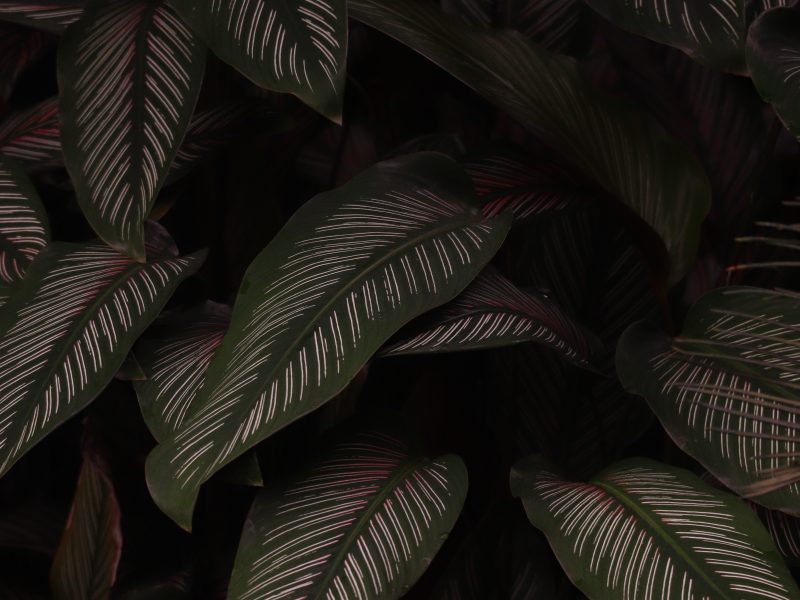
How to Treat and Prevent Brown Leaves on a Pinstripe Calathea
Treating an underwatered Pinstripe Calathea
Instead of drowning your plant in hopes that it will start to take in water, it’s important that you slowly reintroduce moisture to your plant. If you go from one extreme to the next, it will cause your Pinstripe Calathea to go into shock and this will just make the problem worse.
Instead, water your plant a little bit once a day for about a week and you should see your plant perk up a little. Whilst the brown leaves won’t all of a sudden turn back green, this should stop any more from occurring. Another way that you can solve the issue is by bathing your plant for a few minutes. This will allow the root system to absorb as much water as it needs to, without becoming waterlogged all of a sudden.
To stop the problem from happening again, we recommend buying a moisture meter. These are really affordable little devices that indicate how much moisture is in the potting mix. So gone are the days of guessing when to water. These will help you avoid underwatering (as well as overwatering and root rot) which should help prevent brown leaves on your Pinstripe Calathea in future.
Keep up a nice humid environment
If dry air is causing brown leaf tips, spots or edges on your Pinstripe Calathea then this is a pretty easy problem to solve as there are so many solutions. Here are just a few ways you can boost the humidity for your plant.
Misting the Leaves
Misting your Pinstripe Calathea is one of the easiest ways to give the humidity level a bit of a boost and prevent any brown leaves. The best way to do this is by using a spray bottle and misting the leaves about 3 or 4 times a week. (We love these amber glass ones from Amazon).
Top tip: It’s important that you mist the leaves in the morning. This gives enough time for the water droplets to evaporate before the evening. If the leaves of your Pinstripe Calathea are still moist as the temperatures drop at night, they are a lot more likely to rot which causes a whole other issue.
Plant Placement
Your Pinstripe Calathea might not be in the best place and you might want to consider moving your plant to a slightly more humid spot to avoid any more brown leaves.
If you’ve got a good enough level of natural light in your kitchen or bathroom then we recommend placing your Pinstripe Calathea in there. The humidity level in those rooms is usually slightly higher because of steam from showering and cooking.
This will help to prevent brown leaves and leaf tips on your Pinstripe Calathea. Just make sure not to put your plant too close to the cooker or it might burn the leaves…
Buy a Humidifier
Every plant parent should own a humidifier because they make keeping a nice stable humidity level a total breeze! They are also great for many of your other tropical houseplants to ensure they get enough humidity during winter, which goes a long way toward stopping any brown leaves from developing.
Oh and they’re super affordable and help with our sleep so what’s not to love!
We always recommend this humidifier from Amazon as a great place to start.
If you want to learn more about how to raise the humidity for your Pinstripe Calathea and other houseplants then check out our complete guide to humidity.
Monitor changes in the environment
The best way to prevent brown leaves is to spot any changes in your plant’s environment early. Monitoring factors such as temperature and light level can help you figure out if you need to relocate your plant throughout the year.
A placement that might be perfect for your plant in winter might receive too much intense direct sunlight in winter, causing brown spots and other issues.
You also want to make sure that you are monitoring temperature and humidity levels throughout the day and night. We have a thermometer/humidity monitor in one that will also provide us with the hottest and coldest figures from the past 24 hours.
This allows us to see how the environment changes overnight and the periods in which we aren’t at home. A lot of the time you may find that hotspots form around midday next to the windows but then the temperature will really drop overnight and there is a cold draft coming in. This fluctuation can be quite damaging not only to Calathea plants but also a lot of houseplant types so you want to keep them away from this.
So those are the most common reasons why Pinstripe Calathea plants can start to develop brown leaves, tips or patches. As long as the problem is caught fairly early, it shouldn’t be a death sentence for your plant and there’s no reason why you can’t get it back to full health with a bit of TLC. This is why we strongly recommend that you give your Pinstripe Calathea (and all other houseplants) a thorough check-up about once a month. This will allow you to spot any early warning signs that something isn’t right, before it’s causing too much damage to your plant.
Alongside this, you should be checking the root system about once a year, when you repot your plant. This will allow you to assess the health of the root system and trim away any dead parts so that it can regenerate.
If you want to find out more about caring for your plant, as well as how to diagnose and fix other common issues, check out our Pinstripe Calathea care guide.



